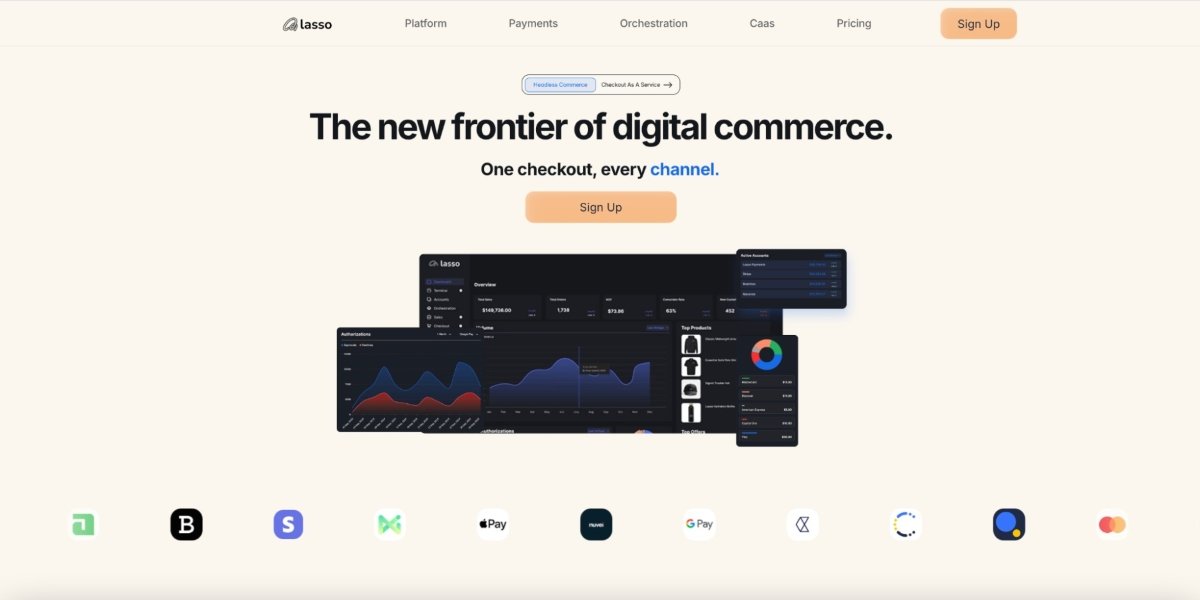Digital banking rapidly transformed the financial landscape, fundamentally altering how consumers manage their money and interact with financial institutions. What was once a process requiring physical visits to bank branches has now evolved into a seamless experience available through digital devices. This transformation has changed consumer behavior in significant ways, affecting their expectations for convenience, personalization, education, and security in financial services.
Read also: The Evolution of Digital Banking: How Technology is Shaping the Future of Finance
The Shift from Physical to Digital Banking
The most evident change in consumer behavior is the steady decline in visits to physical bank locations. With the rise of digital banking platforms, consumers increasingly prefer to carry out their financial transactions online. The ability to check account balances, transfer funds, pay bills, and even apply for financial products from the comfort of home or while on the move has redefined what banking looks like. This shift has been driven by the convenience digital banking offers. Consumers no longer need to adhere to banking hours or wait in queues, which saves time and effort. The immediacy of digital transactions has cultivated an expectation that financial tasks should be completed quickly and efficiently. Moreover, the ease of access broadens banking services to individuals who might have found it challenging to visit branches, such as those in remote areas or with mobility constraints. This has democratized access to financial services and increased the frequency with which consumers interact with their banks.
With fewer reasons to visit branches, consumers have also become more self-reliant in managing their finances. Instead of relying on bank staff for assistance, many now prefer to use digital tools and resources that empower them to control their accounts independently. This change reflects a broader societal trend toward embracing technology for everyday tasks and highlights the importance of user-friendly interfaces in digital banking platforms. The convenience and flexibility offered by digital channels have become fundamental drivers of consumer behavior in financial services.
Personalization and Tailored Financial Services
Digital banking platforms utilize advanced data analytics to provide personalized experiences that significantly influence consumer behavior. By collecting and analyzing data on transaction history, spending habits, and financial goals, banks can tailor products, recommendations, and services to suit individual needs. This level of customization makes banking feel more relevant and engaging for consumers, encouraging them to interact more frequently and meaningfully with their financial institutions.
Personalization also strengthens the relationship between banks and consumers by fostering a sense of being understood and valued. When customers receive offers or advice that align with their financial situation, they are more likely to trust their banking provider and remain loyal over time. This targeted approach contrasts with the traditional, one-size-fits-all model, which often failed to meet the diverse needs of a varied customer base.
Furthermore, personalization affects consumer decision-making by providing relevant insights and options that guide them toward better financial choices. For example, consumers might receive suggestions on budgeting, saving, or investing based on their spending patterns, helping them achieve their financial goals more efficiently. The emotional aspect of personalized service also cannot be understated, as consumers feel more connected and supported, which encourages ongoing engagement.
Empowerment Through Financial Education and Tools
Another way digital banking has changed consumer behavior is by offering greater financial empowerment through educational resources and management tools. Many digital platforms integrate features like budgeting apps, spending trackers, goal-setting functions, and educational content that equip users with the knowledge and skills needed to manage their finances effectively.
This empowerment leads consumers to become more active participants in their financial health. They gain insight into their spending habits and are better positioned to make informed decisions. With tools that provide real-time updates and notifications, consumers can monitor their financial status closely, helping them avoid overdrafts, identify unusual activity, and adhere to budgets.
The integration of educational materials into banking platforms also contributes to improving financial literacy, which has historically been a challenge for many consumers. When users understand concepts such as interest rates, loan terms, or investment risks, they are more confident in managing money and planning for the future. This increased awareness encourages healthier financial behaviors, such as saving regularly and minimizing unnecessary debt, which ultimately benefits consumers over the long term.
The availability of these tools creates a sense of control and autonomy for consumers, which aligns with broader behavioral trends favoring self-directed financial management. As a result, consumers are not just passive recipients of banking services but active managers of their financial wellbeing.
Read also: Public Key Cryptography: How It Revolutionized Digital Security
Security Awareness and Trust in Digital Platforms
Security is a critical factor shaping consumer behavior in the digital banking space. As more consumers shift their financial activities online, concerns about cybersecurity and data privacy have grown. Consumers are increasingly aware of potential threats such as hacking, identity theft, and fraud, which influence their willingness to adopt digital banking solutions.
In response, financial institutions have invested heavily in robust security measures, including multi-factor authentication, biometric verification, encryption, and real-time fraud detection systems. These protections help build trust and reassure consumers that their personal information and funds are safe. This trust is essential for encouraging adoption and sustained use of digital banking services.
Security awareness also prompts consumers to engage in cautious behavior, such as regularly monitoring accounts for suspicious activity and keeping their login credentials secure. This heightened vigilance has become part of the digital banking experience, influencing how consumers interact with their financial platforms.
The relationship between security and consumer behavior is dynamic. While fears about security risks might initially create hesitation, effective protections and transparent communication from banks increase confidence. Over time, this fosters a positive cycle where consumers are more willing to embrace new digital features and services.
Digital banking has fundamentally reshaped consumer behavior by making banking more convenient, personalized, empowering, and secure. The shift away from traditional branch visits to digital platforms reflects broader changes in technology use and consumer expectations. Personalization and tailored financial services deepen consumer engagement, while educational tools enhance financial literacy and autonomy. Security concerns remain a critical influence, driving the adoption of protective behaviors and fostering trust in digital banking.
As technology continues to advance, consumers will likely expect even more seamless, intuitive, and secure financial experiences. This ongoing transformation illustrates how digital banking is not only changing the tools people use but also how they think about and manage their finances. The future of banking lies in continuously adapting to these evolving consumer behaviors, ensuring that financial services remain accessible, relevant, and trustworthy.











